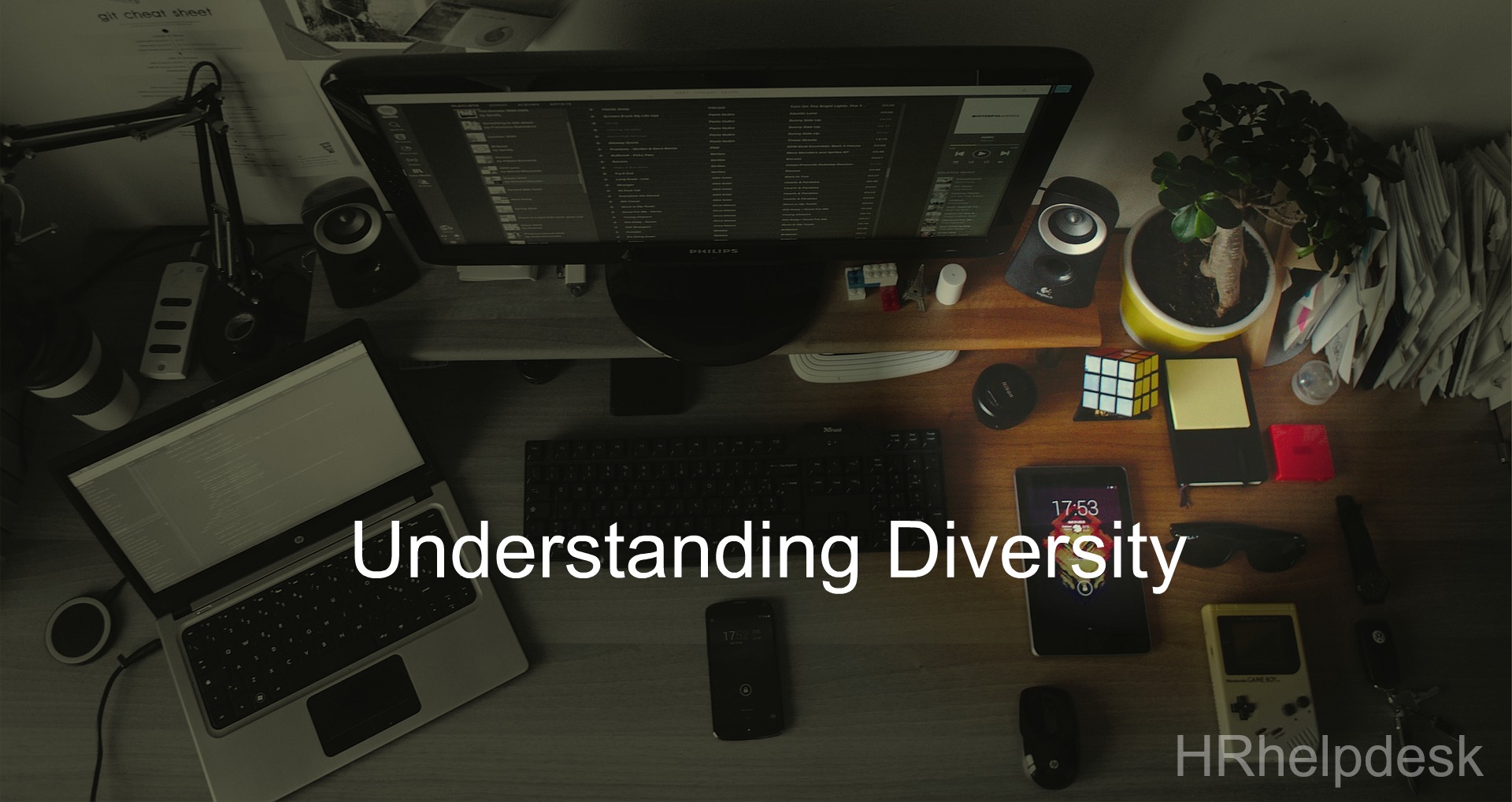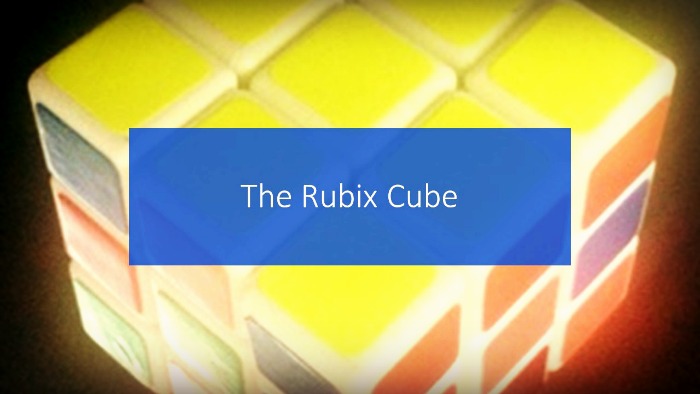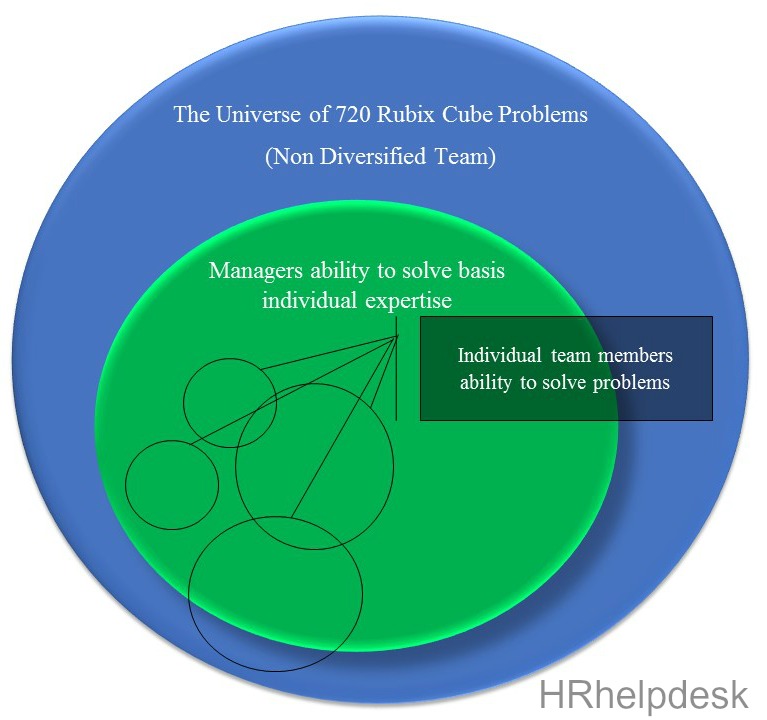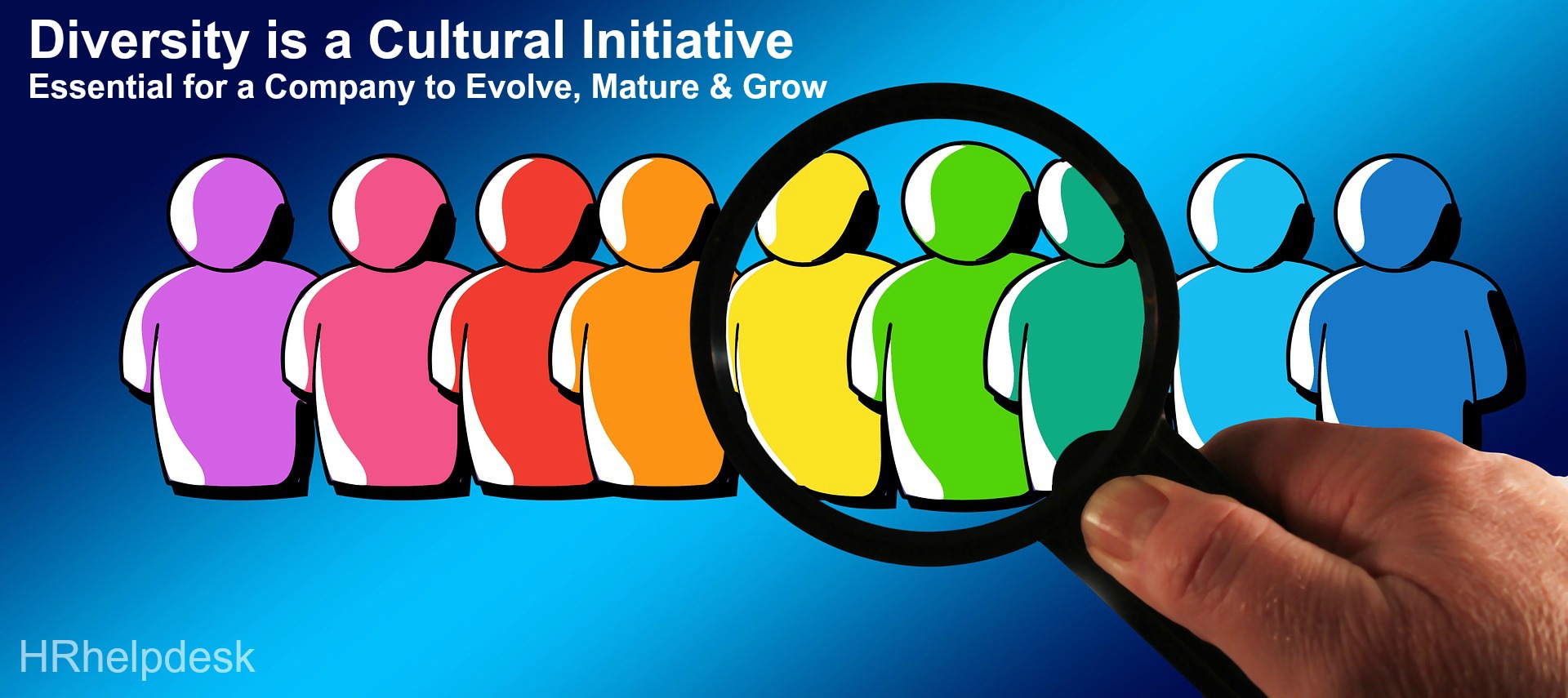Diversity, Climate Change and the Rubix Cube
By Mandeep Singh
Partner – Talent & Rewards, www.hrhelpdesk.in

What is diversity and why is it essential, why are corporations scrambling to get this equation right and why should each one of us who are line managers (irrespective of whether of a small team of an unknown company or a big team of a Fortune 500 company) be focused on enhancing and promoting diversity in our teams by keeping this as one of the Top 3 Priorities for ourselves?
Diversity is Like Climate Change

Diversity is like climate change, things seem to be running fine right now, at least in the place we are staying and working. Whatever impact it is having is minuscule enough for the naked eye to ignore as it doesn’t impact our day to day life. Occasionally, the impact that it does have, we classify them as act of God rather than a direct impact of climate change.
However, we all know very well that if we don’t focus on addressing climate change right now as a priority item, it is just a matter of time that it will have severe implications on each one of us.
Closing our eyes or being oblivious of this change won’t have any reduction to the implications on any of us. Similarly no matter where you are located or what profession you profess, climate change will impact each one of us, with or without our consent.
Diversity is exactly like this. While it is on the radar, if it is not a priority agenda, it is just a matter of time that it will have severe implications on our career. Forget the impact it will have on the corporation you are part of, which is working hard to avoid such a situation by pushing the Diversity agenda.
Every Rubix Cube is One Big Problem
To get a different perspective on this and understand this a little more, let us pick the example of a Rubix cube. From a common perspective and an ideal perspective, every Rubix cube is one big problem, that is to have all colors arranged on their respective sides at the same time.

As a manager, you train yourself to solve it, build efficiencies in solving it and ensure that you are also effective. You even try and hire a few people in your team who have similar knowledge to solve it and have the creativity or drive to solve this Rubix cube problem with improvisations, which may in turn make your Rubix Cube problem solving exercise even more efficient or effective.
Solve and Succeed in a Problem
However, with the advent of the corporate competition and the speed with which our environment is changing, you are no longer required to solve this one big ideal problem (a Rubix cube presents 720 different problems that can be solved). Not only that, solving a problem is of no significance if you cannot succeed in it.

What this means is, not only do you need to solve the problem, but, you also need to solve it in a manner that it achieves its desired objectives, whether those objectives be, whether they be related to customer satisfaction, whether they be related to managing budgets, or be related to driving efficiencies, or they be related to outmaneuvering the competition or whether they be related to solve a problem which is constantly evolving itself as you work on a solution thereby not giving you a static target, but a moving target to achieve.
The point is, merely solving a problem is no longer an expectation from line manager, the expectation is to solve and succeed in a problem (or situation).
As you can see, the given diagrams explain a team which has Diversity and a team that doesn’t, these aptly explain the ability of the team which has Diversity to be much more agile and to manage the work environment with a higher success ratio than the other team.
The Business Case of Diversity
Diversity is brought into a company to survive and be existing in the future corporate world. There also is the societal angle of inclusivity, which is executed by companies in the form of CSR (Corporate Social Responsibility) to give opportunities to various under-represented segments of the workforce. However, we will not talk about those right now, we are mainly focusing on the business case of Diversity, which is aimed at ensuring that the business survives and keeps adding value to the shareholders.
When a line manager can be faced by a combination of problems to solve in the most efficient and effective manner from a pool of problems as large as a Rubix Cube (A Rubix cube presents 720 different problems), there are hardly any guide books, reference books or SOPs (Standard Operating Procedures) that a line manager can refer to and come out of the problem with a solution and also succeed in achieving its objectives.
The world we operate in requires the line managers to generate their solutions and then be successful in them, and to do this, they need to rely heavily on past experiences or exposures, knowledge, mindset, attitudes and risk taking ability. This is where Diversity comes in, as it provides a different perspective to each of these attributes.
Companies which have evolved, matured and are already moving into the next phase of corporate growth have understood Diversity in its true sense, and they promote Diversity in a holistic manner. Whereas companies which still don’t understand what Diversity is, or are in the initial stages of this journey focus on numeric, that is, a percentage of people of gender, nationality, race, ethnic group that need to be hired or be present at various Grades in the company.

Diversity is a Cultural Initiative
What we need to understand is that diversity is a cultural initiative and not a numeric initiative. The concept that if we have abundance of a till now minority segment in the company, will necessarily make some into leaders, and cause a cultural change is a flawed one. What is needed is cultural change, which may not necessarily be linked to enhancing numbers. The point being, numerics doesn’t guarantee change in culture, whereas a change in culture guarantees an enhancement in numbers. So, don’t get me wrong that we are not required to increase the representation of various such groups in the company, but the way to do that is by focusing on the cultural change, and a good cultural change will itself cause a homo-genetic enhancement of various diversified workforce in the company, thus preparing it for surviving in the next phase of corporate life.
Enhancing Diversity
Thus, the solution to enhancing Diversity in a company doesn’t lie in hiring. It lies in understanding your organizational culture and making those necessary changes to nurture it for welcoming Diversity and Diversified thinking.
So why do companies do focused hiring of a particular gender, race or ethnicity? The assumption is, the experiences, exposures, mindsets, attitudes and risk taking ability would be different by virtue of their upbringing and the environment in which they have operated. So far this is a good assumption to be made and is a good way to start the Diversity journey. However, once such individuals are in the company, culturally the rough edges they bring in are smoothened (Diverse thinking) and the few who do survive this onslaught are able to add value in their small way.
Loss of the Diverse Mindset
The loss of the Diverse mindset is one of the biggest losses the company has. It doesn’t matter if the person has left the company or not, what matters is, has the company made use of the Diverse thinking or just curtailed it. Research demonstrates, that as many as 2 out of every 3 such employees do not deliver for the purpose for which they were hired.
Which is why, the focus must be on culture and not on numbers. The question the D&I champions of companies need to ask is, why do we need to enhance a segments percentage in the company? From a solution point, there is an assumed trait the company feels will come onto the company culture when people of particular segment are bought into the workforce.
The next aspect that needs to be considered is, are we, as a company or line manager providing an environment or culture for that or those traits to flourish. This second part is rarely measured in organizations, and unless we can provide an environment for a set of traits to flourish, we can keep running after the numbers and still feel left out of the game.
Measuring ROI of Diversity Programmes
In conclusion, Diversity is about survival and people who are of diverse backgrounds are required as a special force or advisors to make the company succeed. Unless we change this mindset that we are not doing a favor to the people from those under-represented segments, but saving ourselves, we really won’t get the value of Diversity.
Figuring out why Diversity is needed and how culturally this change can be made is the real challenge for any company. Only those who can succeed in this will take the full advantage and become successful companies of the future, others will keep adding Diversity numbers to their public statements and yet not be an attractive player to retain or foster the spirit of Diversity.
That is the reason I say that the ROI of Diversity programs is not measured by number of hires at various levels, it is measured by Delta to the top line. The way to measure whether the D&I programs are on track is not to see how many people are at which level, but is to see how do the employee surveys give information on Diverse thinking and fostering diversity.
The sooner, we as line managers realize, that our careers depend on having a Diverse team, and the sooner the company designs a D&I programme that adds value to the company’s Top line, the sooner the gold mine of Diversity starts giving its benefits.
Hope this article has given you some ideas on where to focus for reaping benefits of the Diversity Agenda.
More to read
How to Choose the Right Company to Join
Employee Training & Development Program: A Need Not Privilege
